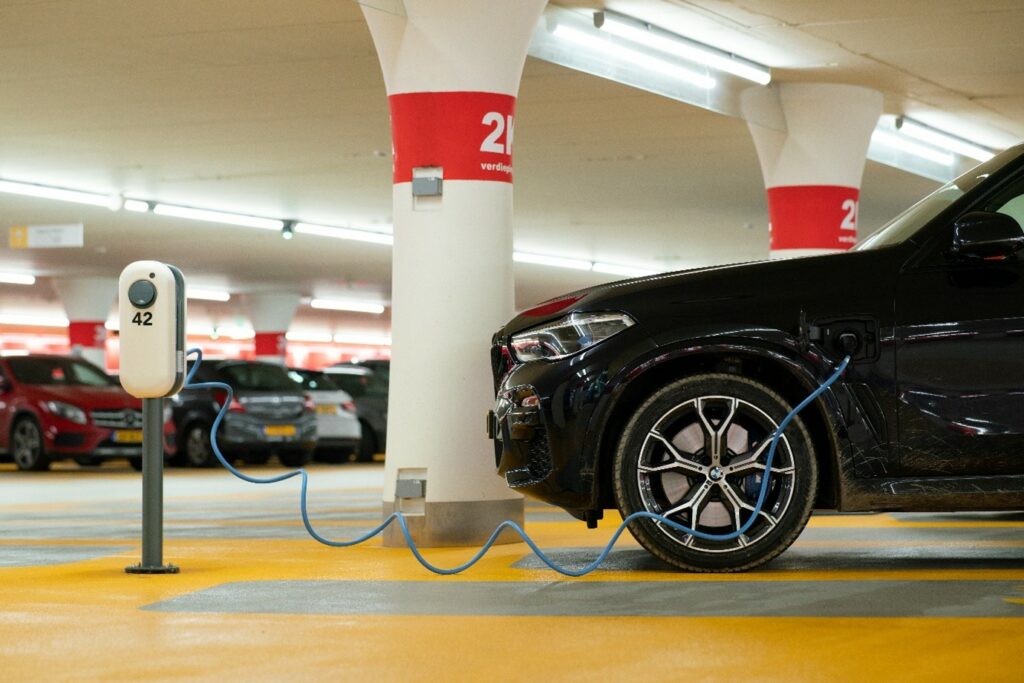Are There Any Downsides To Owning An Electric Car?

Joining the green revolution and purchasing an electric vehicle (EV) is without doubt an excellent way to lower your greenhouse gas emissions and reduce your carbon footprint.
It is, however, worth thinking it over properly before you switch- after all there will be changes to both your lifestyle and your driving experience.
These changes are small and can be overcome very quickly, so they aren’t something that should cause concern, but these things are definitely worth bearing in mind before you purchase an EV.
So, what are the downsides to owning an electric car?
Upfront costs
The upfront costs of purchasing or leasing an electric car will be higher than buying a new like-for-like internal combustion engine (ICE) vehicle.
According to a study by Nimblefins, average new electric car prices range anywhere from £17,350 -£49,736, while most average ICE vehicles can range from £12,000-£28,000.
As the technology inside electric cars, particularly the battery systems, continues to be developed and utilised by the public, the costs of new EVs will undoubtedly come down.
Before the Government deadline for purchasing new petrol and diesel vehicles in 2030, after which selling new ICE vehicles will be banned, we can safely assume that the upfront purchasing costs will decrease- thereby making electric cars more accessible for the masses.
Swapping from manual to automatic gearboxes
While manual gearboxes still outnumber automatics, accounting for 70% of the 31.7 million cars on the UK’s roads, this is not a trend that’s likely to continue.
Direct Line research has found that out of practical driving tests taken in 2020/2021, 42% of these were for automatic cars, and in 2021, over 54% of new cars sold in Britain were automatic, compared to around 20% in 2011.
Anyone swapping from a petrol or diesel car to an electric car will also have to swap over to an automatic transmission.
There are a few notable exceptions, however, including:
- Ford Puma mHEV
- Hyundai Tucson MHEV
- Ford Fiesta mHEV
- Kia Stonic MHEV
- Suzuki Ignis SHVS.
These mild hybrids are worthy of consideration if you’re not sure about letting go of a manual transmission, but still want to enjoy some of the benefits of an EV.
Limited driving range
Each make and model of EV will feature a specific driving range per charge.
This is similar to ICE vehicles, which have an expected range, usually referred to as the possible miles per gallon.
If you regularly drive long distances, it is worth considering that you may be limited by your driving range, as you may need to stop more often to recharge. Even using a superfast recharger, such as those found in motorway service stations, will take considerably longer than refuelling your car at a petrol station.
To get around this, people shopping for an electric car should purchase or lease a car with an increased range, such as:
- Tesla Model 3 Long Range (360-mile range)
- BMW 14 (365-mile range)
- Ford Mustang Mach-E Extended Range (379-mile range)
- BMW iX xDrive 50 Sport (380-mile range)
- Mercedes EQE (385-mile range)
- Tesla Model S (405-mile range)
- Mercedes EQS 450+ (453-mile range)
EV batteries
The most expensive technology inside an EV is without a doubt the battery system.
This increases the upfront purchase cost, as once it has come to the end of its life, an EV battery is often expensive to replace.
One solution is to lease a battery and purchase a second-hand EV, which can work out much cheaper overall and allows people to pay monthly for their battery if purchasing a Nissan or Renault brand car.
However, if you treat your battery well, you should expect it to last on average 15- 20 years, according to the National Grid, meaning the battery could easily outlive the car itself.
Increases in electricity bills
With domestic EV charging, either from specific EV charging units or 3-pin plugs, electricity bills will no doubt be on the rise.
However, homeowners shouldn’t despair.
Charging from home remains by far the most economical way to recharge your electric car. According to Pod Point, this can create a saving of over 45% on your annual recharging costs per year (based on an average usage of 142 miles per week).
Drivers will also see complete removal in fuel costs, which will compensate for their home charging costs
Contact the experts in home EV chargers
On balance, there are disadvantages to consider before swapping over to an electric car.
However, all of these downsides can be easily overcome, and EVs will quickly become the new norm, as evidenced by the nearly 20% of new car sales in 2021 that are fully electric or hybrid.
Browse our range of EV charging points today or contact us to discuss your electric car needs by calling us on 0113 450 8666 or by filling in our contact form so we can get back to you.

